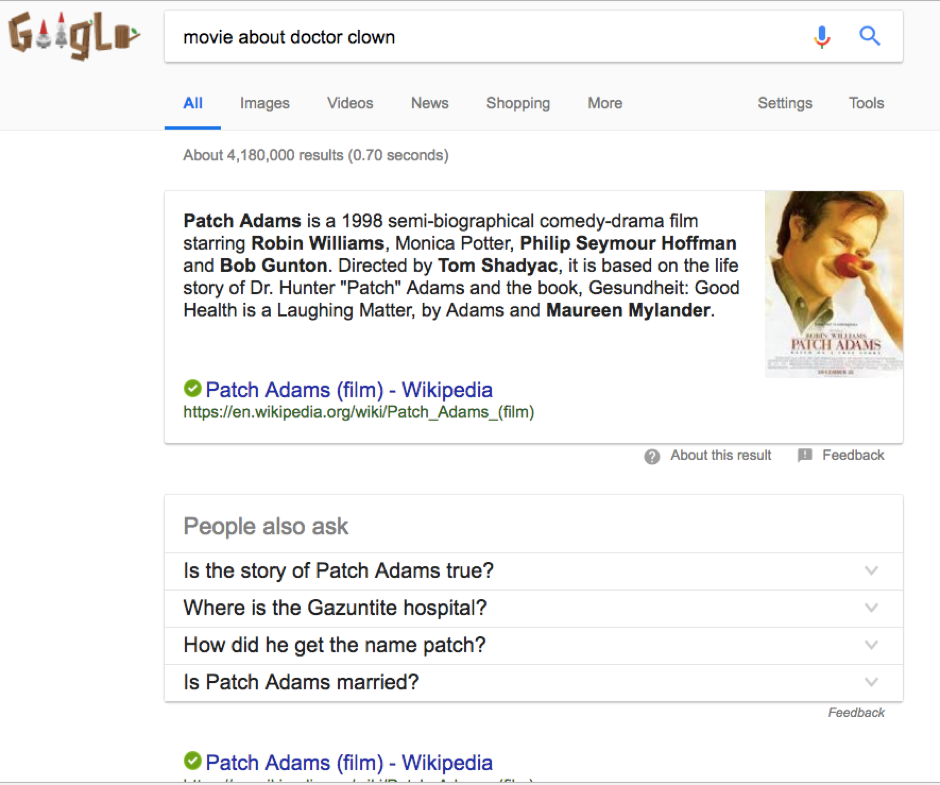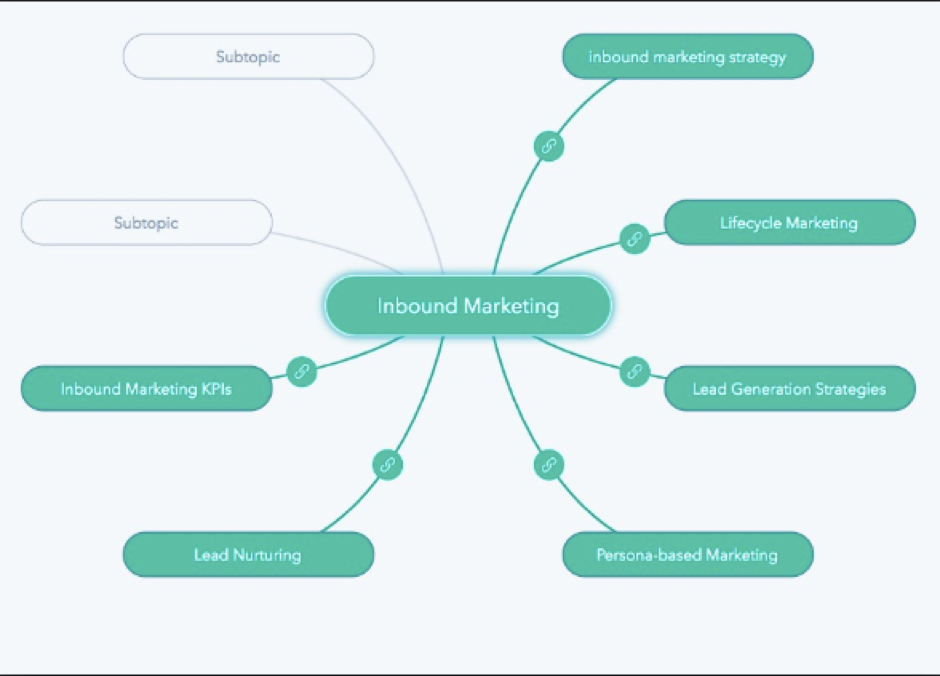As a business owner, you want to make sure that you are investing your marketing dollars in the right direction. Like all of us, you have limited resources, and can’t afford to waste money on marketing efforts that don’t show a healthy ROI.
And that’s where the questions about SEO (and what you should do about it) come up.
- What are the current best practice strategies?
- What works?
- Why does it work?
- And what should you be doing to make sure your traffic continues to grow?
In this article, you’ll get some insider tips into the key SEO strategies we are using as an SEO agency, and the thinking behind them.
Firstly, let’s look at the big picture of what Google wants to achieve, and how you can make sure you are on the same page (literally!) with your website content.
In a nutshell: People are hungry for immediate answers — and Google wants to be the go-to source.

The term SEO is short for Search Engine Optimisation. Or, to put it another way, optimising the content of your website to make it easy for Google to find the best content to answer the questions people are seeking.
1.Embrace complex search topic “clusters”
Search algorithms are constantly evolving.
Google is capable of recognising connections across many different search queries. This has big implications for your SEO strategy.
Gone are the days when the searcher typed in simple keywords.
Your potential buyers today are using complex search phrases, putting the heavy lifting back on Google and other search engines to connect the dots and give them the information they are seeking.
Here’s an example of how good Google’s algorithm has become at figuring out what you want to know.
If you Google “movie about doctor clown”, the first result will be about the movie Patch Adams.

Notice that you didn’t use the word “Patch” or “Adams” — yet Google figured out what you wanted to know.
The takeaway: search engines are incredibly intuitive. Google recognises exactly what the searcher wants without the searcher explicitly stating their question.
Instead of focussing on specific keywords, we work with our clients to identify what topics to prioritise.
These topics became our “pillar” pages on each website.
Once these pillars were set up, we then:
- Aligned existing blog posts into “clusters” around these pillars.
- Set up a process to generate new content to build out those clusters.
- Built internal and external links at every available opportunity, creating connection points between content that shares the same topic cluster.

By implementing this SEO strategy, we signal to Google exactly how the pieces fit together. As a result, our clients rise up the search page results for an increasingly wide range of profitable, topic-related keyword themes.
While it is time-consuming to reorganise and build your content, the payoff is huge.
2. Prepare an answer for the target query
Let’s stick with the Patch Adams example a bit longer.
When you look at the screenshot of the search result, you’ll see a small box with a short answer summarising the premise of the film right below the search bar.
This answer box is a “featured snippet”, and Google uses this to make it easy for people to evaluate whether the page is going to be helpful.
If you’re not using your blog to optimise for these featured snippets, you need to start now.
Here’s the incentive…
Google pulls the featured snippet from one of the pages that ranks on page one of the search results, but the featured snippet does not necessarily need to exist in the #1 link.
This is a huge opportunity. It means you can get content that is not in the #1 spot to actually appear above the #1 spot.
To identify which content is good for featured snippets, Google frequently serves up answers for “Who, What, When, Where, Why and How” queries.
As any of our clients will tell you, when we have a briefing with them to figure out the topic for a blog, we always pull the conversation back to: “What question is your potential buyer asking that we can answer with this article?”
Thinking about your blogging strategy in this way is a win/win.
It is going to positively impact your search visibility, AND it is going to add value for your potential buyers — building your brand and the credibility of your business. From there, it is MUCH easier to convert them into a contact in your CRM, so that your Automated Nurturing strategy can kick in.
3. Think about voice search as well
There’s another important reason to prioritise for the featured snippet: voice search.
Featured snippets are now increasingly being utilised by Siri, Alexa, and other virtual assistants when choosing which web page to present to a searcher. That means that as search evolves, so should your blogging and content strategy.
We are doing this for our clients now, and you should be moving that way too.
4. Update out-of-date blog posts
We know that there are many benefits to creating new content to be indexed by search engines.
However, any content you create MUST be high quality. You must respect your audience, and take care to ensure that you are providing information that is relevant, helpful and informative.
Our writers take great care to make sure each blog post they write answers a question, gives insights, and makes the reader feel that it was worth their time.
This means that creating new blogs is a time-consuming process. It is necessary and worth it, but it IS time-consuming.
With this in mind, another way we gain extra leverage for our clients is to re-visit older, longstanding blogs to see whether they can be updated and given a fresh lease on life.
Quite often, an hour spent on an older article to freshen it up can produce a significant lift, as slightly older posts have had time to develop authority.
When we say “freshening up” old posts, we mean making them new again with:
- Higher-quality, refreshed content
- Topic-based keywords that align with the target pillars of the website, and
- Adding links where appropriate to give the right signal to Google.
Pro tip for your Inbound Marketing funnel
When you update old posts, be sure to re-visit the CTAs (Calls To Action) that are used in the older news post.
It often happens that you’ve developed a new eBook, guide, explainer, or other resource since you first wrote the post. Placing the updated CTA in the article can increase the conversions you see each month. That’s what it’s all about!
Want to get your SEO strategy sorted and profitable?
If you’d like to talk about your SEO strategy, and how you can make sure you are on the leading edge, please call and we can talk it over.
You can call us now on (07) 3891 3800. Or click here to get in touch.


















